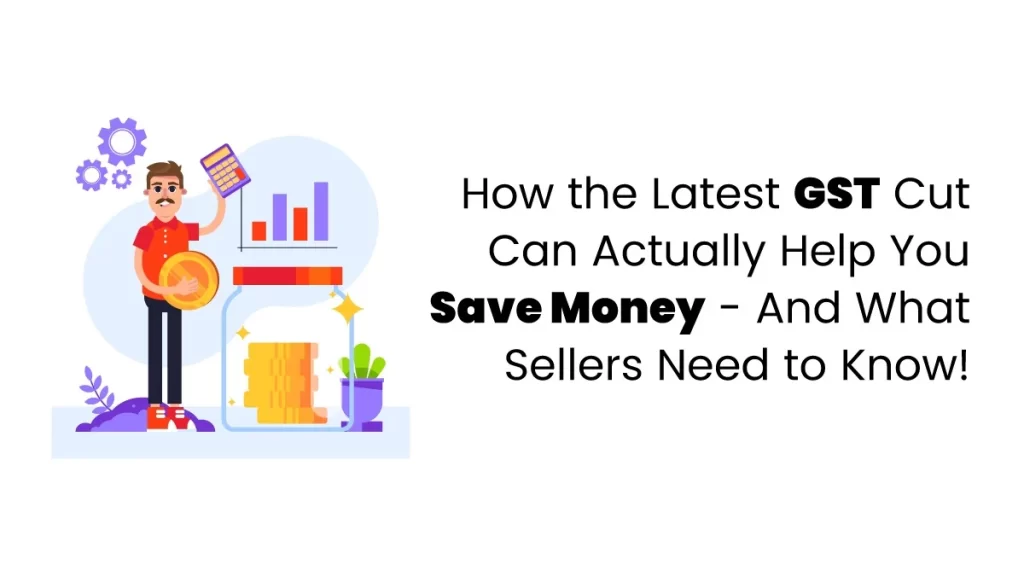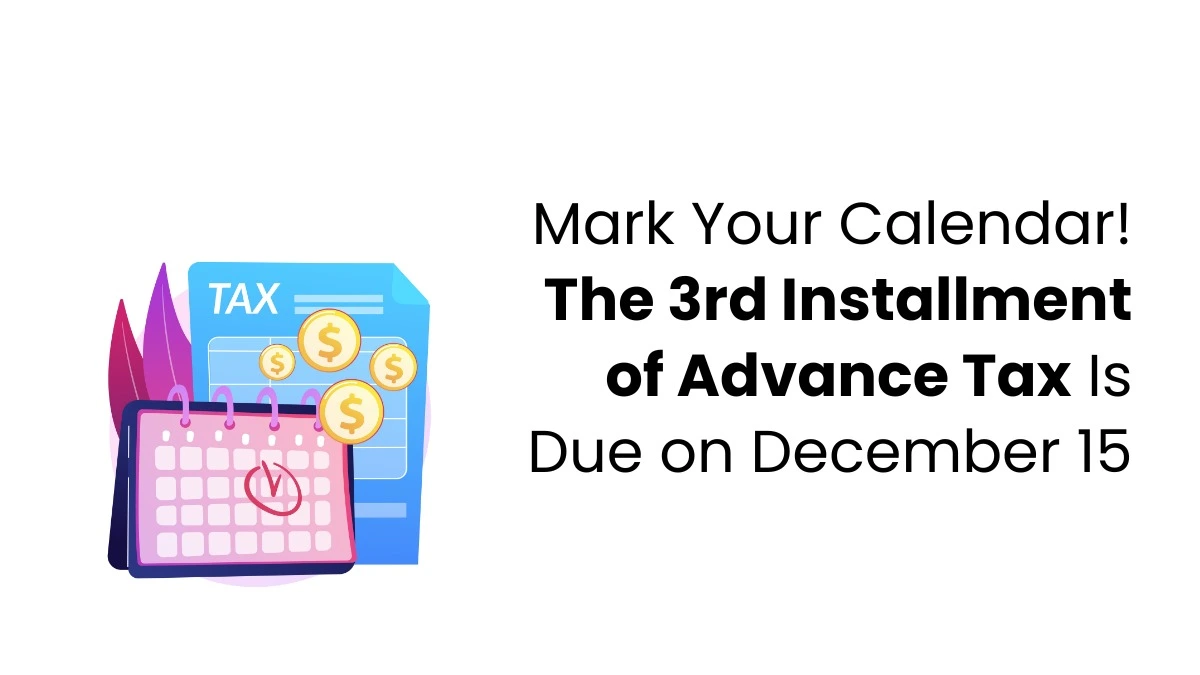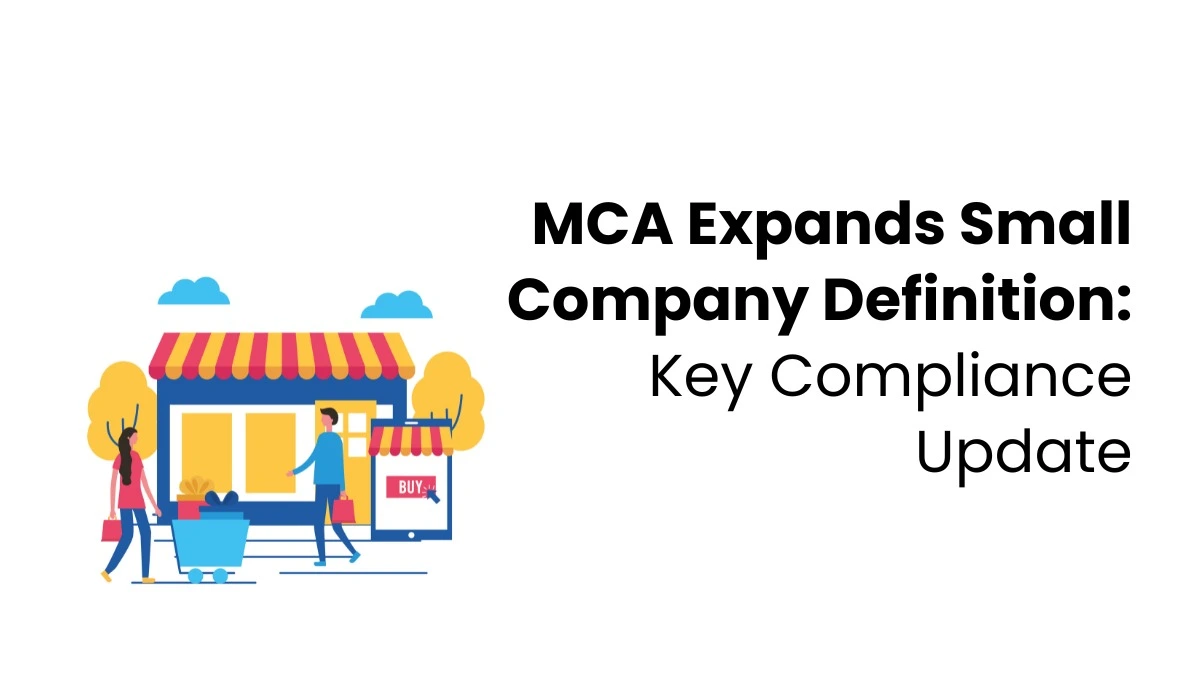Let’s talk about GST — or more specifically, what happens when the government decides to cut GST rates. If the word “tax” makes anyone’s eyes glaze over, don’t worry! This one’s worth paying attention to because it can actually mean lower prices for what you buy and some important changes for businesses, too.
What does a GST cut mean for you?
Imagine you’re shopping and the stores’ price tag drops instantly without any sales happening. Sounds amazing! That’s exactly what should happen when GST rates go down. According to the law (Section 171 of the CGST Act), businesses are required to pass on these benefits to customers. So if you see a product with a lower GST rate, the price should come down.
But sometimes, sellers don’t do this automatically. If you ever feel like you’re paying more than you should, there’s a way to speak up — the National Consumer Helpline (NCH) or platforms like INGRAM are there to help make sure customers get a fair deal.
For the Businesses: What About ITC and GST Rate Changes?
Now, to the business side of things. Input Tax Credit (ITC) is like a credit note that sellers get for the tax they’ve already paid on their inputs. When GST rates change, any ITC claimed before remains valid — no reset here. But for new goods supplied after the change, the new GST rate kicks in, so they have to keep their calculations up to date.

Businesses will be required to reverse any credits that they took for goods that are exempt from GST. It may seem more complex than it really is; it just means maintaining good records, again, in accordance with the rules.
What Happens to Old Stock When GST Rates Drop?
One of the best features of the GST cut is the treatment of “old stock.” Businesses can continue selling the inventory they purchased at pre-GST cut prices, but must sell at the new, lower GST-inclusive price. They do not have to re-label or re-package the old stock unless they want to, and have until 31 March 2026 to do so! Of course, even if the product carries the old price or package, the price paid at check-out must be at the new, lower GST-included price.
Why Is This Relevant? It is a step in preventing businesses from charging you the old price tax while they liquidate their old stock. In short, it’s a customer win and a manageable transition for sellers.
Why This Matters to Everyone?
Whether you are a shopper looking for a deal or a business owner determining how to deal with tax policy changes, understanding this is the difference. GST cuts are not just boring numbers; they tie directly to your wallet and your favorite shops.
So next time you see a discount or a price change, remember — it could be the government’s GST cut in action, making things a little easier on all of us!










